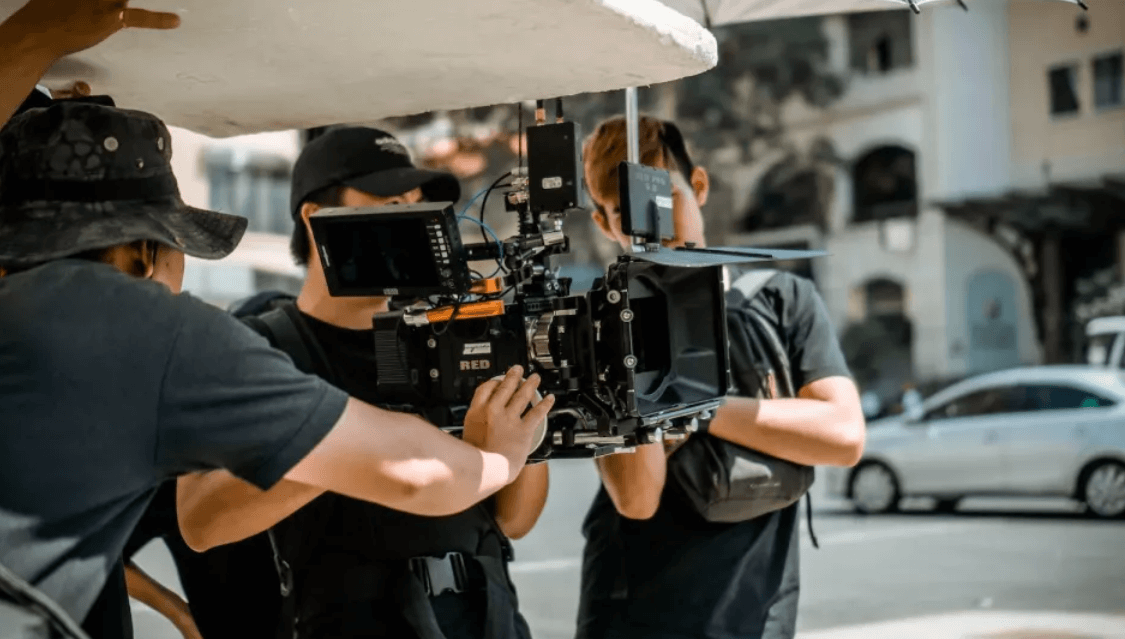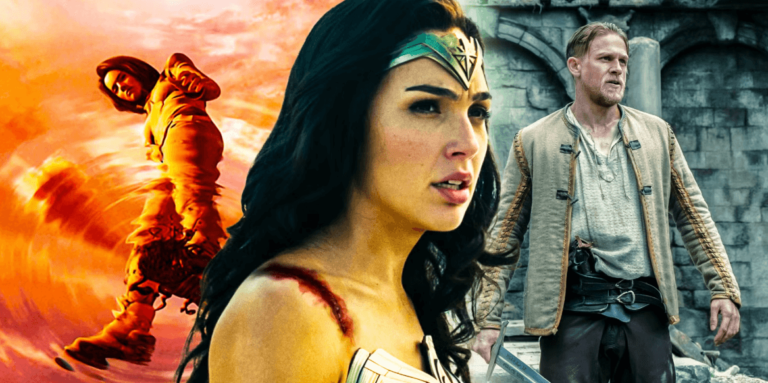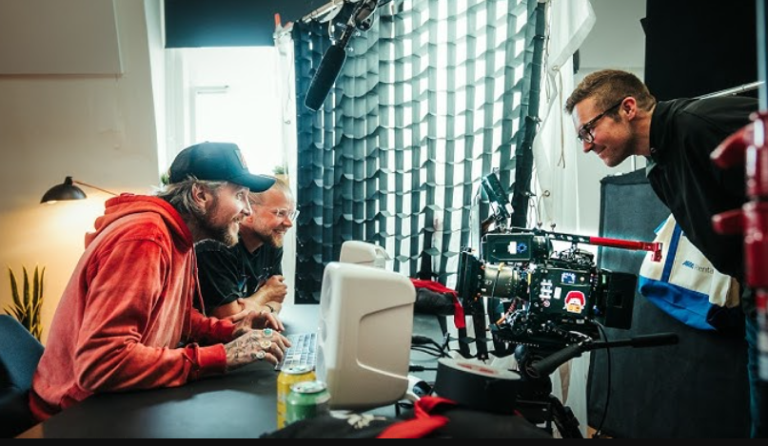Behind the Scenes: How Movies Are Made From Script to Screen

The process of filmmaking is a complex interplay between creativity and technical expertise. It begins with the inception of a script, where narrative elements are carefully crafted. The director interprets this foundation, guiding the visual storytelling. A diverse crew, from cinematographers to editors, contribute their specialized skills. Each phase builds upon the last, culminating in a polished film. Yet, many intricate details often go unnoticed. What truly happens behind the curtain?
The Genesis of a Script: From Concept to Screenplay
The creation of a script is a meticulous journey that transforms an initial concept into a structured screenplay ready for production.
Concept development involves refining ideas, characters, and themes, guiding writers through the intricate web of narrative possibilities.
Through careful consideration of screenplay structure, including acts and plot points, the writer crafts a cohesive framework that breathes life into the envisioned story, paving the way for cinematic expression.
See also: https://bollly4u.co.uk/wp-admin/post.php?post=1115&action=edit
The Director’s Vision: Bringing Stories to Life
Although a script lays the groundwork for a film, it is the director who ultimately shapes its visual and emotional narrative.
The director’s style influences every aspect of production, guiding actors and crew through the intricacies of visual storytelling.
The Collaborative Crew: Key Roles in Filmmaking
While the director’s vision is crucial, the filmmaking process relies heavily on a diverse collaborative crew, each member contributing specialized skills that are essential for bringing a project to fruition.
Cinematography techniques shape the visual narrative, while production design establishes the film’s aesthetic.
Together, these roles harmonize, ensuring that every frame resonates with the intended emotion, ultimately transforming written scripts into compelling cinematic experiences.
The Post-Production Process: Editing and Final Touches
Once filming concludes, the post-production process begins, serving as a critical phase where raw footage is transformed into a polished final product.
Editors employ various editing techniques to shape the narrative, while sound design enhances emotional resonance.
Color grading fine-tunes the visual palette, and visual effects seamlessly integrate elements, ensuring the film captivates audiences and communicates its intended message effectively.
Conclusion
The journey from script to screen is akin to a symphony, where each musician plays a vital role in creating a harmonious masterpiece. Just as a conductor guides the orchestra to blend distinct sounds into a cohesive performance, a director orchestrates the myriad talents of the crew, ensuring that every element—from cinematography to sound design—intertwines seamlessly. Ultimately, this intricate collaboration transforms a mere concept into a captivating cinematic experience, resonating with audiences long after the credits roll.



